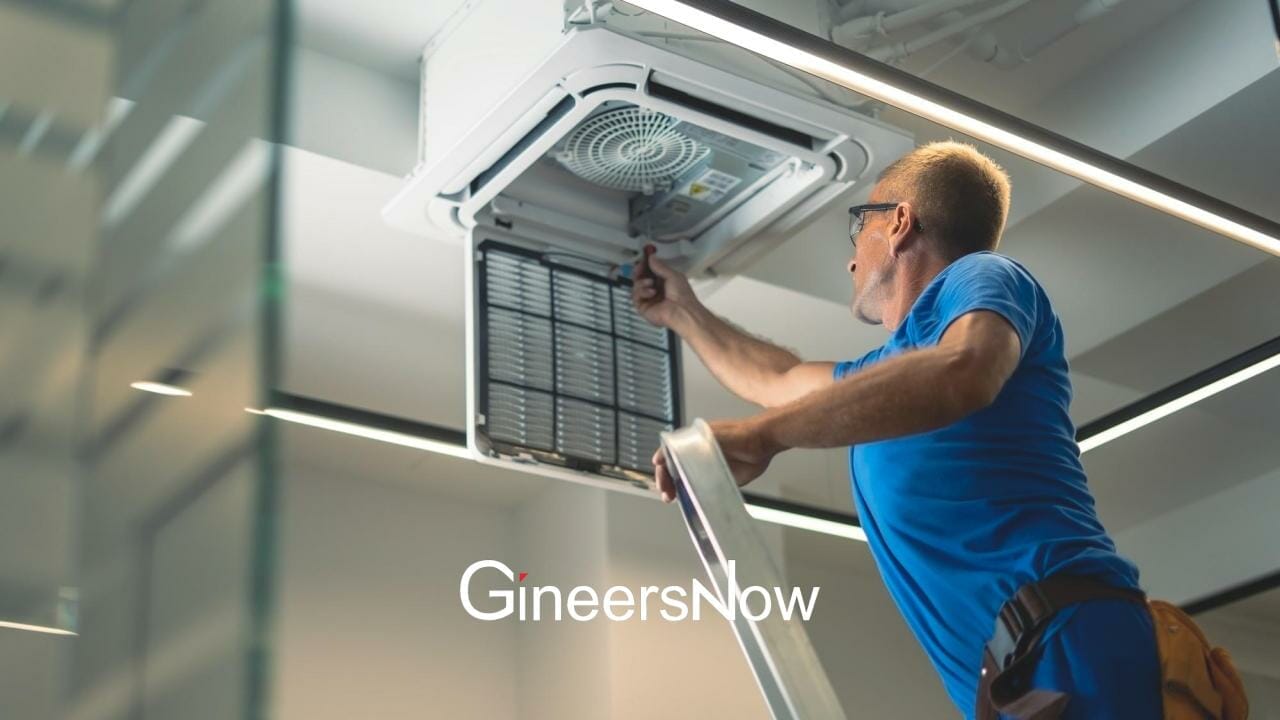Can You Grow Vegetables in a Greenhouse Without Freshwater?
Yup, this company can grow tomatoes in a greenhouse without freshwater.
Freshwater is always needed when growing food to cultivate crops, fruits, and vegetables. But not in this greenhouse located 300 kilometres north of Adelaide in Australia.
Using only sunlight and seawater, this groundbreaking greenhouse was able to grow tomatoes. It is powered by solar energy using 23,000 mirrors capturing sunlight, and directing it to a 127-meter tower receiver at the center of the 20-hectare facility. The plant generates 39 megawatts at its peak, used primarily for electricity, heating and making water.

Water used for crop irrigation comes from the Spencer Gulf and converted into freshwater through a thermal desalination unit. Head grower Adrian Simkins, who committed 20 years running tomato greenhouses in Europe and North America, said that the desalinated water is “almost the perfect water.” After taking out the salt, the water becomes pure and shows no sign of disease, even able to be enhanced with the nutrition that the plants require.

Source: ABC
The technology is the brainchild of company Sundrop Farms, which developed the idea at a smaller pilot plant on the outskirts of Port Augusta. Philipp Saumweber, a former investment banker with a background in funding international agricultural projects, and Dutch civil engineer Reinier Wolterbeek, with a master’s degree in water management, head this project.
There are nonetheless high hopes for the basic sunlight-seawater agricultural concept underpinning Sundrop Farms. The decade-old Sahara Forest Project – first piloted in Qatar, now being tested further in Jordan – proposes “re-vegetating” even greater swathes of desert land for farming; the initiative has backers from Norway, the EU and the US.

The buzz around vertical farming – growing crops in stacked layers using hydroponics, aquaponics, or aeroponics – is picking up speed because of growing food insecurity worldwide. The UN’s Food and Agricultural Organization estimates that food production levels will have to increase by 70% from 2007 levels by 2050 to feed a projected world population of 9.7 billion.
With land for agriculture increasingly hard to find, more efficient farming methods are badly needed. The Sundrop facilities remain the only ones of their kind in commercial use in the world, but competing alternatives for seemingly miraculous agriculture in barren terrain are appearing.

The United Arab Emirates is proving a frontrunner in the field. Its International Centre for Biosaline Agriculture (ICBA), based in Dubai, specializes in innovative methods for farming in conditions with poor freshwater access and low-fertility soil. It uses seawater to irrigate crops that are salt-tolerant, such as quinoa and mustard greens, and desalinates groundwater for use with other crops.














